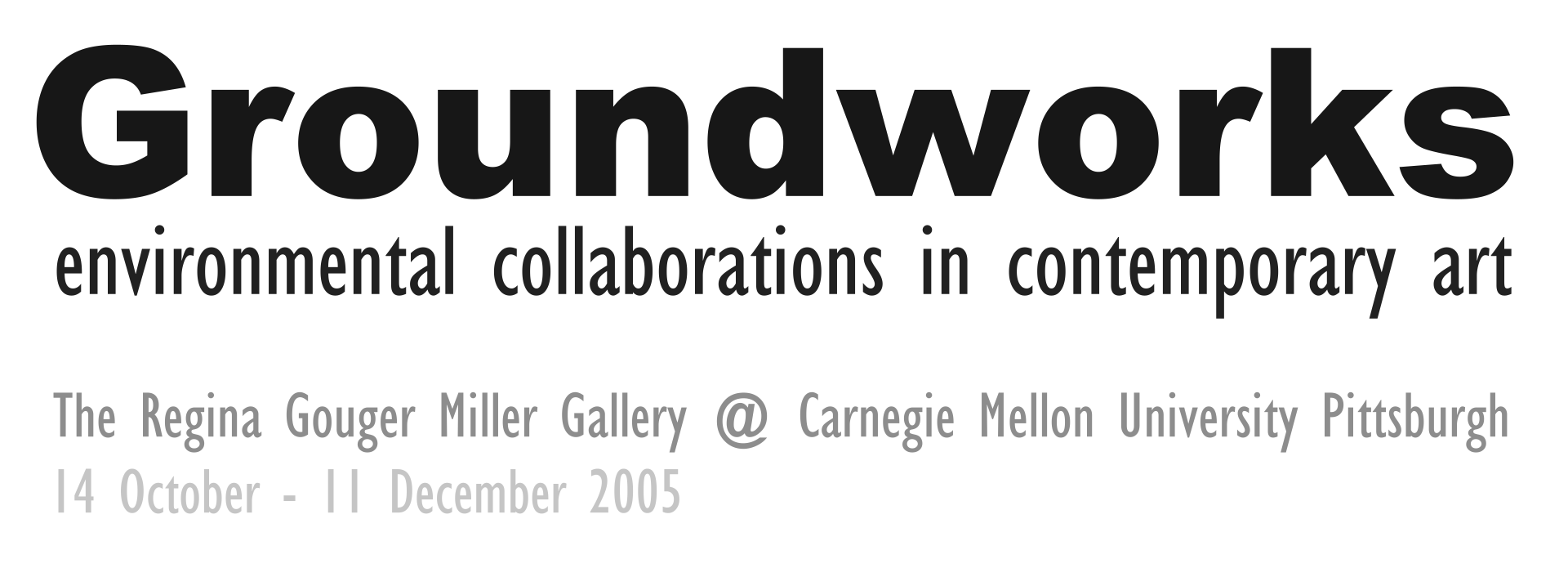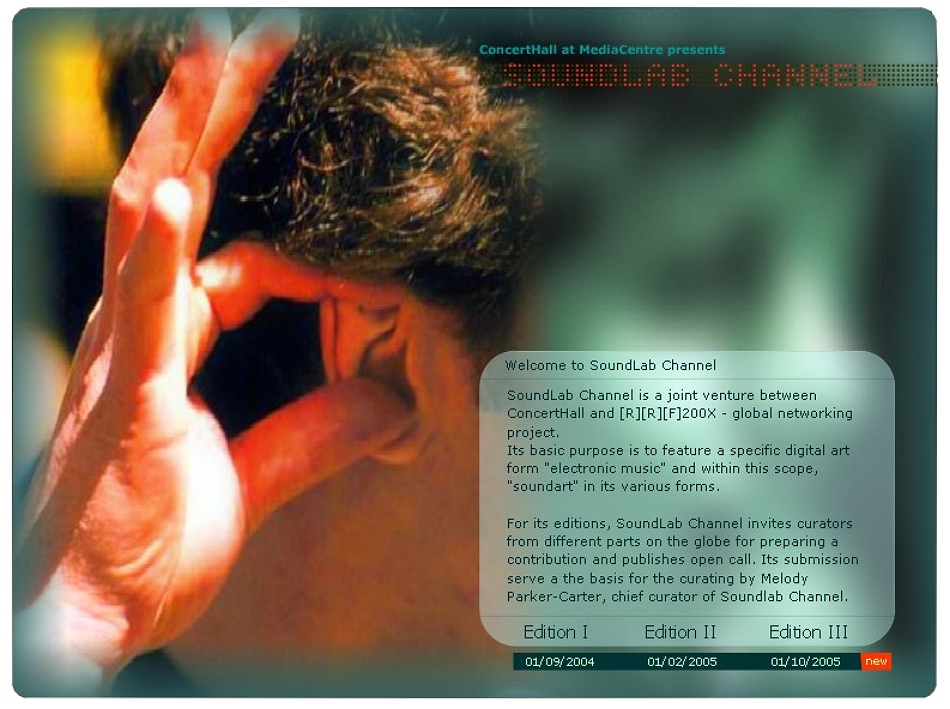
launched on occasion of the participation in
“Groundworks” – Regina Gouger Miller Gallery at Carnegie Mellon University– Pittsburgh/USA- 14/10 – 11/12 2005
Biennale of Video and New Media– Santiago/Chile 18-28 November 2005
was curated by Melody Parker-Carter
including following artists
jean-françois flamey
David R. Mooney
John Plenge
PRISM/lars nagler
John E. Bower
Michael Yuen
Pete Stollery
Tae Hong Park
Suguru Goto
N. Barker & R.Jacobs
Li-Chi Hsieh
Hervé Constant
Eldad Tsabary
Curatorial contributions by
Les Riches Douaniers
Miha Ciglar
Owen Plotkin
meta
Colin Black
Cynthia Payne
Carl Priestly
popcrash
Till Nikolaus v. Heiseler
Fabio Paolizzo
Pablo Bas
Khaled Sabsabi
Mira Burt-Wintonick
Michael Yuen (Australia) – curates artists from Australia
eduardo paz carlson
A.Andric & I.Vasiljev
Natalie Bewernitz +
Marek Goldowski
CARLO FATIGONI
Annie Abrahams &
Jan de Weille
Ricardo Miranda Zuñiga
Damian Stewart
Darko Vuckovic
Tsila Hassine &
Alejandra Perez Nunez
(aka Elpueblodechina)
Peter Wolf (Germany – curates artists from Cologne (Germany)
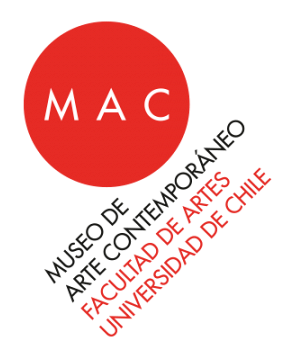
2005 – Biennale of Video & New Media Santiago/Chile
17-28 November 2005
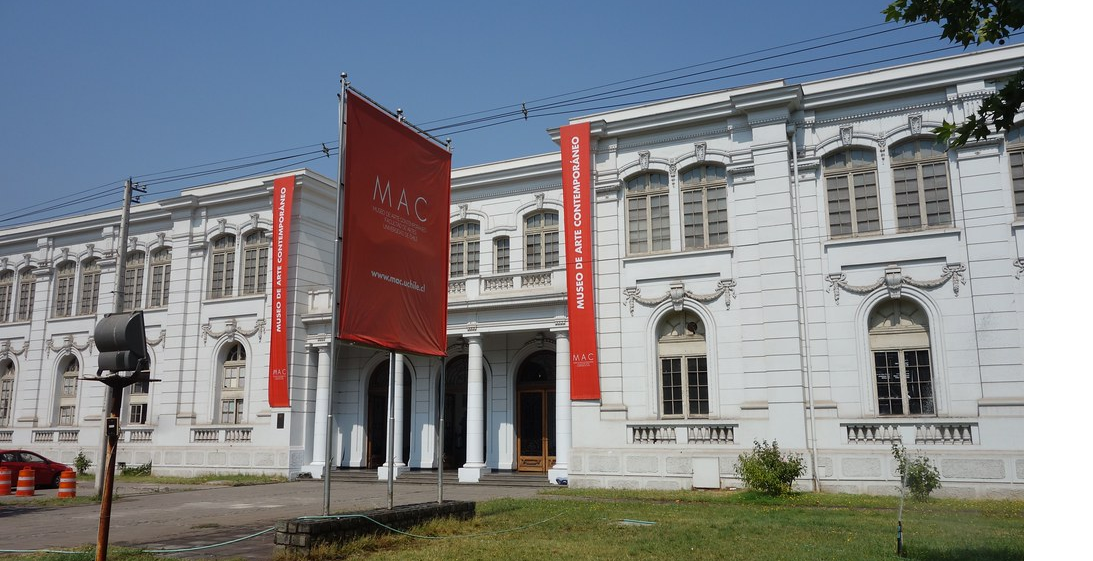
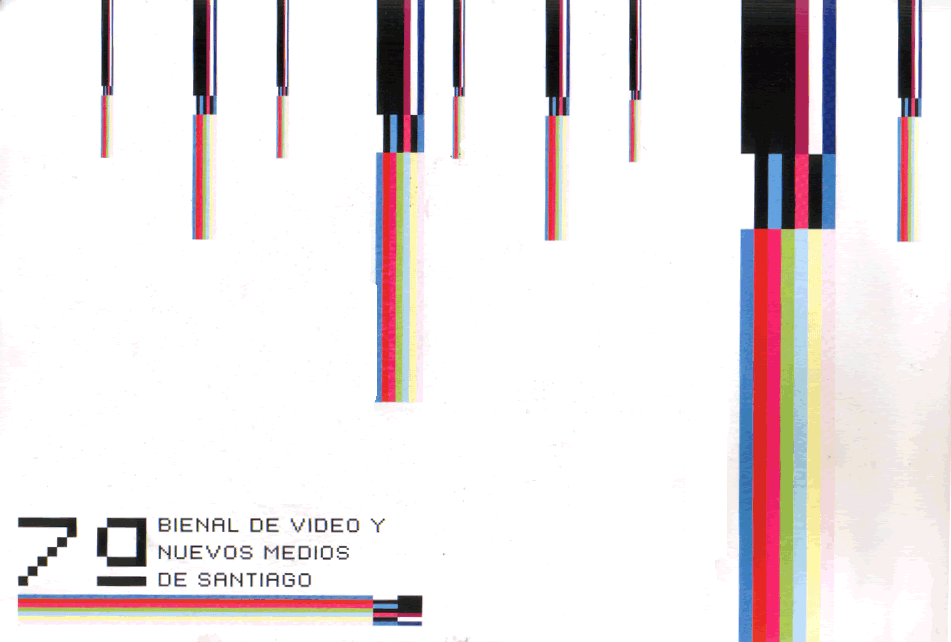

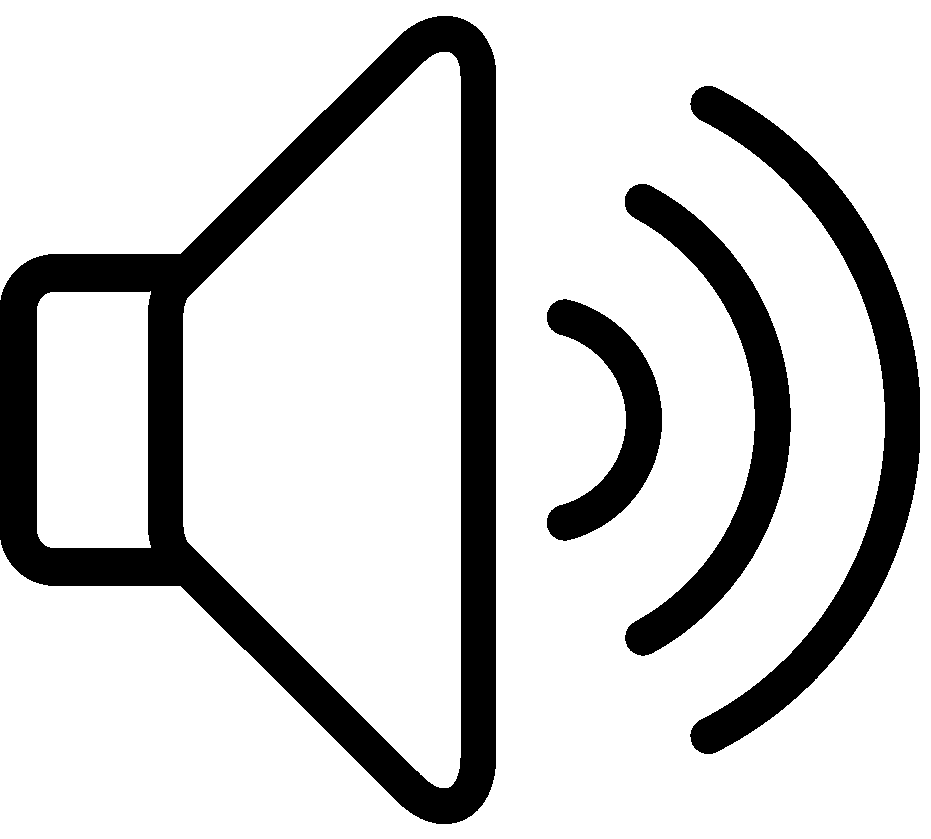
“memoryscapes” featuring – Peter Wolf
Peter Wolf & Doppelplus, Ensemble Alltag, FIM, Soundso
Peter Wolf was born 1956 in Cologne/Germany.He lives and works in Cologne as a researcher, performer, designer, author, writer, media artist, curator and organizer.
In 2003 he created the “KLANGDRANG Festival for incredible Musicâ€, Cologne, which he organizes annually (http://www.klangdrang.org)
soundLAB III
SoundLAB was one of the “memory channels” of The RRF Project – dealing with sound a tool for artistic creations, resulting soundart or sinic art (in German “Klangkunst”).
SoundLAB III was the 3rd major annually released soundart project, Wilfried Agricola de Cologne was realising in 2006, including also two curated contributions from Australia and Germany. The German one was curated by Peter Wolf presenting a selection from the the Cologne based festival “KlangDrang 2005” a Sonic Art Festival including 4 Cologne based sonic art groups SOUNDSO, FIM, DOPPELPLUS & Enselnble ALL TAG. While this feature can be listened to below on this page -the complete soundLAB III can be acessed by opening following link “KlangDrang 2005 – A Festival for Incredible Music – Cologneâ€
In this case “Incredible Music†means the spheres of New Music, experimental and improvised music, Performance Art and New Media. This festival was brought into being 2002 as a hommage for the cologne citizen center Alte Feuerwache which enables the presentation of extraordinary music since more than 25 years. This year KlangDrang presented 4 ensembles from which you can hear each 3 cuttings of an each 45 minute performance.
F.I.M. (Free improvised music cologne)
Nobert Zajac (voc), Matthias Kaiser (violin), Frank Bersziek (sax, basscl), Michael Haverkamp (sax, perc), Karl Kruetzmann (fl, tr, piano), Joerg Koenig (git), Axel Hoeptner (piano), Frank Homburg (sax), Wolfgang Simmons (git). F.I.M. is an open collaboration between musicians, who let themselves in for the risk of a music without arrangements. If there are agreements, than just in view of the actual cast. The music is free improvised on stage. As a construct of the moment was never heard so, nor it will ever reproduced live exactly in that way. The stile flows between archaic sound, noise art, Free Jazz and New Music and so is based on the exitement of the moment. soundso
Bettina Wenzel, Brigitte Kuepper, Norbert Zajac, Peter Wolf (all vocal) Vocal communication as an experiment – 4 singers test the possibilities of the vocal cords. Croaking, spitting and slurping a part of the repertoire of this vocal ensemble just as singing in extremly high registers and soundfull depth or the spontaneous inventions of cacophonic languages and onomatopoeic escapades. The personalities of the 4 improvisers meet, according to demand, harmonical, contrarily or meshed and meanwhile count on enthusiasm and the intuitive work with vocal sound. Ensemble All-Tag
Frank Bersziek (sax, bcl), Konrad Doeppert (analogsynth, objects), Matthias Kaiser (violin), Joerg Koenig (git). This quartett came from a combination of musicians, which got random selected while the KlangDrang festival in 2004.. Free improvised pieces are the basic of the musical collaboration. Experiences with the european free improvised music, the electroaccoustical art, the noise experiments of the eighties and in their origin outer musical elements come together while playing free. Results are subtle coded sound sceneries, where the audience finds space for free association. Doppelpluss
Brigitte Kuepper (voc/tb/div), Wolfgang Simons (git/sax/div), Konrad Doeppert (synth/perc/div), Peter Wolf (voc/perc/div) these four produce live partially improvised sound films as from another planet. Doppelpluss musically darts sideways between all stiles. They sit down winkingly between all chairs and create alternating hot and cold acoustical baths of emotion. Dynamical meditative sound trips grow to impressive psycho drama, change to funny folk, change to philosophical tender loving care, change to absurd theater. Exciting music performance therefore and who knows where the journey goes to.

NewMediaFest 2020 selection
Doppelplus 1Doppelplus 2
Doppelplus 3
Ensemble Alltag 1
Ensemble Alltag 2
Ensemble Alltag 3
FIM 1
FIM 2
FIM 3
Soundso 1
Soundso 2
Soundso 3
Pittsburgh

Today is the opening of the exhibition “Groundworks – environmental collaborations in contemporary art” @ Regina Gouger Gallery @ Carnegie Mellon University Pittsburgh/USA – since some years – Miller Institute for Contemporary Art. This is another of the 65 venues of The RRF Project (2003-2007) – while the other artworks of the show are typical works of individual artists – The RRF Project is typical for a counter concept due to its globally networked structures of artists/curators/insitutions – While the individual art works require usually much space – the most comprehensive work in the show – The RRF Project – an environment of its own – including more than 350 participants is just requring a computer monitor to display the interface, however the visitor/user has to become really active to get through all the exciting interactivity.





